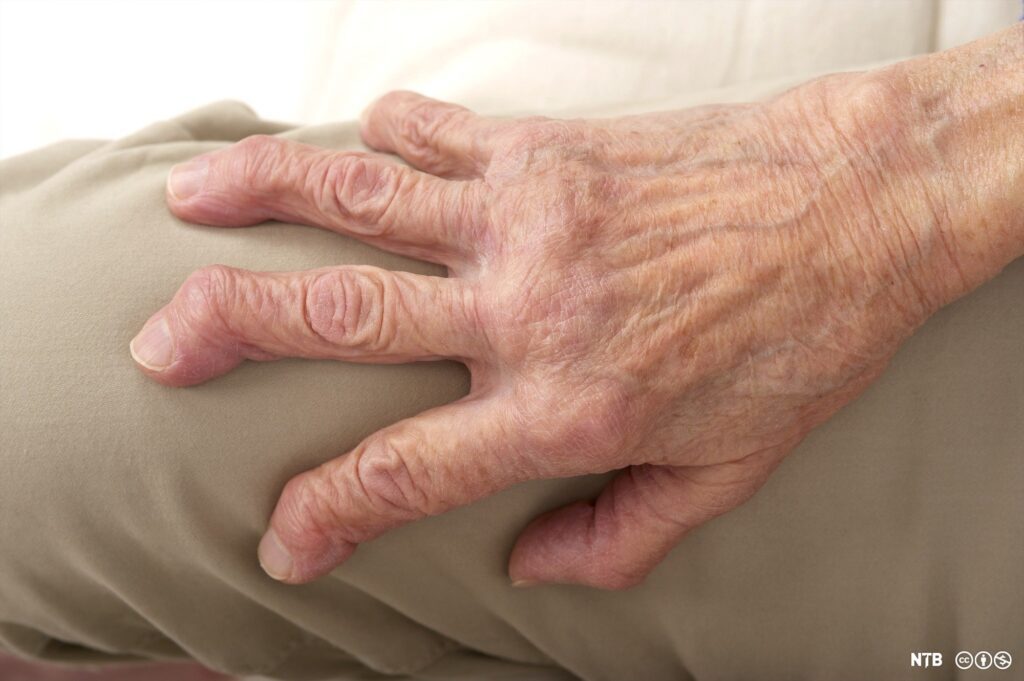
Psoriatic arthritis (PsA) is a chronic inflammatory condition that affects millions of people worldwide. It is characterized by joint pain, swelling, and stiffness, often occurring in individuals with psoriasis, a skin condition. PsA manifests in various ways, leading to the identification of five distinct types, each with its unique features and challenges. In this article, we will delve into these five types of psoriatic arthritis and understand their impact on affected individuals.
Type 1: Symmetric Psoriatic Arthritis
Symmetric PsA is the most common type and shares similarities with rheumatoid arthritis. It affects multiple joints on both sides of the body simultaneously. Individuals with this type experience symmetric swelling and pain in their joints, making daily activities challenging. Asymmetric PsA, on the other hand, affects different joints on each side of the body. Although it’s milder compared to Symmetric PsA, it can still cause discomfort and disability if not managed effectively.
Type 2: Distal Interphalangeal Predominant
This type primarily impacts the small joints of the fingers and toes, closest to the nails. Individuals with Distal Interphalangeal Predominant PsA may notice nail changes, including pitting, crumbling, or separation from the nail bed. The stiffness and pain in these distal joints can significantly impair fine motor skills, making tasks like writing, typing, or gripping objects problematic.
Type 3: Spondylitis Psoriatic Arthritis
Spondylitis PsA mainly affects the spine, causing inflammation in the joints between the vertebrae. This type leads to stiffness and pain in the neck, lower back, and buttocks. Over time, the inflammation can result in fusion of the affected spinal joints, reducing mobility and flexibility. It is crucial to diagnose and manage Spondylitis PsA promptly to prevent long-term spinal damage.
Type 4: Psoriatic Arthritis Mutilans
Psoriatic Arthritis Mutilans is the most severe and rarest form of PsA. It can cause progressive joint damage, leading to deformities and disability. The condition may result in the shortening of digits, giving the fingers and toes a “telescoping” appearance. Swift and aggressive treatment is essential to prevent irreversible joint damage and improve the quality of life for individuals living with this type of PsA.
Type 5: Asymmetrical Oligoarticular Psoriatic Arthritis
Asymmetrical Oligoarticular PsA affects a few joints on one side of the body, often in an uneven distribution. It is typically milder than other types, and the inflammation may come and go in different joints over time. Although it usually involves fewer joints, its impact on day-to-day activities should not be underestimated. Early diagnosis and treatment can help manage the symptoms effectively and minimize long-term complications.
Understanding the five types of psoriatic arthritis is crucial in providing tailored treatments and support to those affected by this complex condition. Whether it’s Symmetric PsA, Distal Interphalangeal Predominant, Spondylitis PsA, Psoriatic Arthritis Mutilans, or Asymmetrical Oligoarticular PsA, early intervention and comprehensive care can significantly improve the quality of life for individuals living with PsA.
